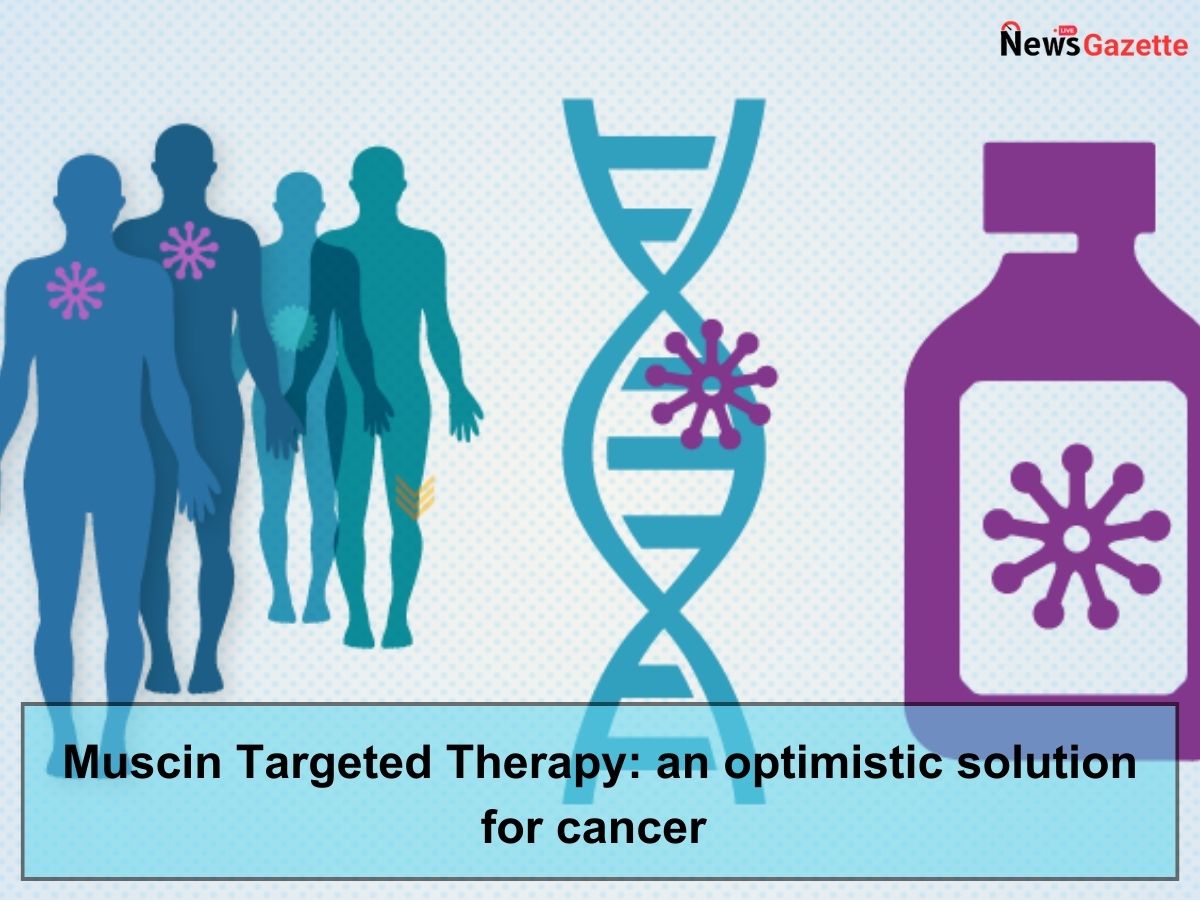
Muscin Targeted Therapy: an optimistic solution for cancer
Devastating millions of lives worldwide, cancer is a word capable of striking fear in one’s heart. Irrespective of the cause and type, the disease has hollowed out several brilliant personalities. Unable to pinpoint the exact cause, researchers globally are searching for the perfect solution. Due to its complex nature and adaptability, the medical community faces significant difficulties. After a series of trials and errors, scientists at Stanford University found a weak link in its defense in September 2023. Mucin is a molecule that aids metastasis and protects it from immunogenic attacks. Mucin-targeting therapies were proposed as a novel method to systematically break down the tumor.
Mucins are a group of sugar-coated surface proteins with unique chemical nature and properties. In several of the body’s natural physiological processes, mucin molecules contribute towards tissue homeostasis, signaling transduction, and protection against exterior contaminants. In the case of cancer, it is precisely the exaggeration of these properties that poses a challenge to treatment.
During an exciting interview about the study, a researcher, Gabrielle Tender, stated, “Mucins play important roles throughout the body, such as forming mucus in our gut and lungs and protecting us from pathogens,” Out of the variety of tricks cancer employs for its survival and growth, mucin and other protective molecules are the most beneficial. “Cancers dial this natural process up to 11, hijacking the functions of mucins to protect themselves and spread throughout the body.”, Tender further elaborated.
Scientists extracted the enzyme from bacteria and studied its effect on cancerous cell lines in vitro. Encouraged by the positive indicators of the experiment, in vivo studies were approved. The enzyme alone could not elicit an antitumor response in a complex organism. Therefore, scientists solicited the aid of nanotechnology. Nobodies constructed to specifically target cancerous tissue were loaded with the bacterial purified enzyme. Upon entering the bloodstream, the formulation would directly sort out the cancerous tissue.
Read Also: Advanced Chemistry Cell (ACC): India’s Leap into an Independent Automotive Industry Future
On binding to the tumor surface, the attached enzyme would then cleave the mucin molecules in its vicinity. The subsequent weakening of the cell membrane would render the area vulnerable to immunogenic attacks. The trials conducted used murine models with surgically induced cancer. Lung and breast cancer cohorts were statistically compared to unstimulated controls with and without treatment. Regarding tumor growth and survival, mucinase-loaded nanobody-treated rats showed significant improvement compared to the untreated group. The enhanced survival and considerable reduction in tumor cell proliferation further strengthened the researchers’ confidence.
A major hurdle faced by the study was the natural abundance of mucins in an organism’s system. From the gastrointestinal (GI) tract to skin epithelial and other membranes, the physiological significance of mucins cannot be ignored. This approach has a major chance of nontarget binding and activity. Nontarget actions of these nanobody formulations can range from mild to lethal symptoms.
Cancer has no rhyme or rhythm in an era filled with predictions and educated guesses. Though posing several questions, mucin-targeting therapy can prove a breakthrough for researchers and individuals suffering. It’s just about filling the gaps and smoothing out the creases. The immense efforts of the medical and biotechnological industry have already brought us so far; more dedication and patience are all that we need.

Carae Wagner specializes in reporting on the healthcare sector, with a specific emphasis on digital health, gene therapy, viral vectors, and public policy. She holds degrees in English and Psychology from the University of Virginia. Her writing has been featured in publications such as Forbes, Slate, C-Ville Weekly, and various others. She maintains a focus on anxiety disorders and depression and aims to explore other areas of mental health including dissociative disorders such as maladaptive daydreaming.
